

Articles
How To Store Carpet Rolls
Modified: January 9, 2024
Discover the best way to store carpet rolls and keep them in pristine condition with our helpful articles. Follow our guide to ensure your carpets stay fresh and ready for use.
(Many of the links in this article redirect to a specific reviewed product. Your purchase of these products through affiliate links helps to generate commission for Storables.com, at no extra cost. Learn more)
Introduction
Carpet rolls are a popular flooring option for homes, offices, and commercial spaces. Whether you are a homeowner looking to store extra carpet rolls for future use or a business owner in need of efficient storage solutions, knowing how to store carpet rolls properly is essential to maintain their quality and prolong their lifespan.
Improper storage of carpet rolls can lead to damage, such as creases, wrinkles, or even mold growth. This can render the carpet unusable and result in unnecessary expenses. With the right storage techniques, you can ensure that your carpet rolls remain in optimal condition until you are ready to use them.
In this article, we will provide you with a comprehensive guide on how to store carpet rolls effectively. We will cover everything from choosing the right storage area to labeling and organizing the space. By following these steps, you can keep your carpet rolls safe, clean, and ready for future use.
Key Takeaways:
- Properly storing carpet rolls is crucial for maintaining their quality and prolonging their lifespan. Follow these comprehensive guidelines to ensure your carpet rolls remain in excellent condition until you’re ready to use them.
- Choosing the right storage area, preparing the space, and cleaning the carpet rolls before storage are crucial steps in the process. Rolling the carpets properly and securing them tightly will prevent any damage or creases.
Read more: How Wide Is A Roll Of Carpet
Choosing the Right Storage Area
When it comes to storing carpet rolls, selecting the appropriate storage area is a crucial first step. The ideal storage area should provide a suitable environment that is free from moisture, extreme temperature fluctuations, and direct sunlight.
Here are some factors to consider when choosing the right storage area for your carpet rolls:
- Climate control: It is essential to choose a storage space that offers climate control features. Extreme temperature variations can cause the carpet material to expand or contract, leading to permanent damage. Opt for a storage area with stable temperature and humidity levels.
- Moisture and humidity: Moisture and high humidity levels can result in mildew, mold growth, or rotting of the carpet fibers. Avoid areas prone to flooding or excessive moisture. Additionally, make sure the storage area has proper ventilation to prevent the accumulation of moisture.
- Protection from sunlight: Direct exposure to sunlight can cause the carpet’s color to fade over time. Look for a storage space that is away from windows or has adequate window coverings to protect the carpet from UV rays.
- Elevated flooring: If possible, choose a storage area with elevated or raised flooring. This will help prevent any potential moisture from seeping into the carpet rolls, keeping them dry and in optimal condition.
- Security: Ensure that the storage area has proper security measures in place, such as locked doors or surveillance systems, to protect the carpet rolls from theft or damage.
Consider these factors when selecting a storage area for your carpet rolls. Taking the time to choose the right space will help preserve the quality and longevity of your carpets.
Preparing the Storage Area
Once you have chosen a suitable storage area for your carpet rolls, it is important to properly prepare the space to ensure optimal conditions for storage. This will help protect the carpet rolls from potential damage and maintain their quality until you are ready to use them.
Here are some steps to follow when preparing the storage area:
- Clean the space: Before storing the carpet rolls, ensure that the storage area is clean and free from dirt, dust, or debris. Use a broom, vacuum cleaner, or dust mop to remove any loose particles from the floor and surrounding areas.
- Inspect for pests: Check the storage area for any signs of pests, such as rodents or insects. If you notice any infestation, take necessary measures to eliminate the pests before storing the carpet rolls.
- Repair any damages: Inspect the storage area for any damages, such as cracks or leaks. Repair these issues to prevent moisture from entering the space, as it can lead to mold growth or damage to the carpet rolls.
- Install insulation: If the storage area is not adequately insulated, consider adding insulation to regulate temperature and humidity levels. This will help maintain a stable environment for the carpet rolls.
- Consider moisture absorbers: To minimize moisture, you can use moisture absorbers, such as desiccant packs or silica gel packets, in the storage area. These can help absorb excess moisture and prevent it from affecting the carpet rolls.
- Protect against pests: Use deterrents such as mothballs or cedar blocks to prevent damage from carpet-damaging pests like moths or beetles. Ensure these items are placed away from the carpet rolls to avoid direct contact.
By properly preparing the storage area, you create a clean and safe environment for your carpet rolls. This will help maintain their integrity and ensure they are in excellent condition when you need to use them again.
Cleaning and Removing Debris
Before you store your carpet rolls, it is essential to clean them thoroughly and remove any debris that may be on the carpet surface. This step is crucial to prevent dirt or particles from causing damage to the carpet fibers during storage.
Here are the steps to follow when cleaning and removing debris from your carpet rolls:
- Vacuum the carpets: Use a vacuum cleaner with a soft brush attachment to gently remove any dirt, dust, or loose particles from the carpet surface. Make sure to vacuum both sides of the carpet rolls to ensure a thorough cleaning.
- Spot clean stains: If you notice any stains on the carpet rolls, spot clean them using a carpet stain remover or a mixture of mild detergent and water. Follow the instructions provided by the manufacturer of the stain remover for best results.
- Allow carpets to dry: After spot cleaning, allow the carpets to air dry completely before storing them. This will help prevent any moisture from being trapped inside the rolls, which could lead to mold or mildew growth.
- Inspect for embedded debris: Carefully inspect the carpet rolls for any embedded debris, such as small rocks or twigs. Use a soft brush or your hands to gently remove these particles, being careful not to damage the carpet fibers in the process.
- Remove loose threads: Check for any loose threads or frayed edges on the carpet rolls. Trim them carefully using scissors to prevent further damage or unraveling of the carpet.
- Roll the carpets tightly: Once the carpets are clean and free from debris, roll them tightly to minimize the chances of creases or wrinkles. Start from one end and roll tightly towards the other, making sure to keep the carpet surface facing inwards to protect it from dust or external elements.
By cleaning and removing debris from your carpet rolls before storage, you ensure that they are in a pristine condition and ready to be stored. This step not only helps maintain the quality of the carpets but also makes them easier to handle during the storage process.
Rolling the Carpets Properly
Rolling the carpets properly is a crucial step in storing them effectively. By rolling them correctly, you can prevent creases, wrinkles, or any other damage to the carpet fibers. Here are the steps to follow when rolling your carpets:
- Clean and clear the area: Find a clean and spacious area where you can roll the carpets without any obstructions. Make sure the floor is free of debris, so it doesn’t transfer onto the carpet surface.
- Position the carpet rolls: Lay the carpet rolls horizontally on the floor, with the carpet surface facing downwards. Ensure that the ends of the carpet rolls are aligned and straight.
- Start rolling: Begin rolling the carpet tightly from one end. Use your hands or a carpet rolling tool to maintain an even and tight roll. As you roll, make sure to keep the carpet surface protected inside the roll, facing inward.
- Apply pressure: As you roll, apply gentle pressure to ensure a tight and secure roll. This will help prevent any shifting or loosening of the carpet during storage.
- Secure the roll: Once you have finished rolling the carpet, use tape, straps, or twine to secure the roll. Place the securing material at regular intervals along the length of the roll to keep it tightly wrapped.
- Label the roll: To easily identify the carpet roll, label it with relevant information such as the type of carpet, dimensions, or the date of storage. This will make it easier to locate specific rolls when needed.
- Store rolled carpets flat: To avoid distortion or uneven pressure on the carpet rolls, it is recommended to store them flat rather than standing them upright. This will help maintain the shape and quality of the carpets during storage.
By following these steps, you can ensure that your carpets are rolled properly and securely. Taking the time to roll them correctly will help preserve their condition and prevent any damage during the storage period.
Store carpet rolls in a dry, well-ventilated area, off the ground to prevent moisture damage. Avoid direct sunlight and extreme temperatures to prevent fading and deterioration.
Read more: How To Roll Up A Carpet
Securing the Carpet Rolls
Once you have rolled the carpets properly, it is essential to secure them to prevent any unwinding or shifting during storage. Properly securing the carpet rolls will help maintain their shape and integrity. Here are some tips to secure the carpet rolls effectively:
- Use heavy-duty straps or twine: Choose durable and sturdy straps or twine to secure the carpet rolls. Make sure they are tight enough to prevent any movement but not too tight as to damage the carpet.
- Wrap the straps around the roll: Place the straps around the rolled carpet at regular intervals along the length. Start from one end and wrap the straps tightly, making sure they are secure and evenly distributed.
- Knot or fasten the straps: Tie a knot or fasten the straps securely to keep the rolled carpet tightly wrapped. If using twine, tie a double knot to ensure it stays in place.
- Avoid placing pressure on the ends: When securing the carpet rolls, be cautious not to place excessive pressure on the ends, as it may cause damage or deformity. Focus on securing the middle portion of the rolls.
- Consider using plastic wrap: If you want an additional layer of protection, you can wrap the entire rolled carpet in plastic wrap. This will help shield the carpet from dust, debris, and moisture during storage.
- Store the secured carpet rolls horizontally: It is recommended to store the secured carpet rolls horizontally rather than vertically. This helps distribute the weight evenly and prevents any potential crushing or damage to the rolls.
- Regularly check the security of the rolls: Periodically inspect the secured carpet rolls to ensure that the straps or twine are holding properly. If you notice any loosening or shifting, adjust and re-secure them to maintain the integrity of the rolls.
By securing the carpet rolls correctly, you can prevent any potential unraveling or damage during storage. Taking the time to secure them properly will ensure that your carpets remain in excellent condition until you need to use them again.
Stacking the Carpet Rolls
When it comes to storing multiple carpet rolls, proper stacking is essential to maximize space and maintain the integrity of each roll. By stacking the carpet rolls correctly, you can prevent them from slipping or getting damaged. Here are some tips for stacking carpet rolls:
- Choose a stable and level surface: Select a flat and stable surface for stacking the carpet rolls. This can be the floor of the storage area or a sturdy pallet.
- Create a stable base: Start by placing a layer of plywood or a thick cardboard sheet as the base for stacking. This will provide stability and prevent any shifting or sinking of the rolls.
- Place the largest rolls at the bottom: Start stacking with the largest and heaviest carpet rolls at the bottom. This will create a solid foundation for the stack and prevent any imbalance.
- Align the rolls: Make sure to align the rolls to ensure a neat and stable stack. Ensure that each roll is placed next to the other with minimal gaps or shifts.
- Stagger the rolls: To create a more stable stack, consider staggering the rolls. This means positioning the second row of rolls so that they align with the gaps between the rolls in the first row.
- Use wooden supports: If stacking multiple rows of carpet rolls, you can place wooden supports between the rows to prevent any crushing or flattening of the rolls beneath.
- Secure the stack: Once the carpet rolls are stacked, use straps or twine to secure the entire stack. Wrap the straps or twine tightly around the stack at regular intervals, making sure it is secure and stable.
- Label the stack: To easily identify the stack or locate specific rolls, label the stack with relevant information such as carpet type, dimensions, or date of storage.
- Leave walkways: Create designated walkways between stacks to ensure easy access and safe movement within the storage area.
- Monitor the stack: Regularly inspect the stack for any signs of instability or shifting. If you notice any issues, adjust and re-stack the carpet rolls to maintain their safety and integrity.
By following these tips, you can ensure that your carpet rolls are stacked securely and efficiently. Proper stacking will not only save space but also protect the carpet rolls from damage during storage.
Labeling and Organizing the Storage Area
Properly labeling and organizing the storage area for your carpet rolls is essential for easy access and efficient retrieval. It helps you identify specific rolls, keep track of inventory, and maintain an orderly storage space. Here are some tips for labeling and organizing your storage area:
- Use clear and visible labels: Ensure that the labels on the carpet rolls are clear, readable, and visible. Use waterproof labels or attach plastic sleeves to protect the labels from moisture or wear over time.
- Include relevant information on labels: Label each carpet roll with important information such as the carpet type, dimensions, color, and any other relevant details. This will make it easier to locate specific rolls when needed.
- Color-code or categorize rolls: Consider using a color-coding system to categorize different types or sizes of carpet rolls. Assign a specific color to each category and mark the labels accordingly. This will help in quickly identifying and retrieving the desired rolls.
- Create an inventory list: Maintain an inventory list that includes details of all the carpet rolls stored in the area. This list can include information such as roll numbers, corresponding labels, and their respective locations within the storage space.
- Arrange rolls systematically: Organize the carpet rolls in a systematic manner, such as by size, type, or usage. Place similar rolls together to make it easier to find and retrieve them.
- Leave aisles or walkways: Ensure there are clear aisles or walkways between stacks of carpet rolls. This provides easy access to all sections of the storage area and minimizes the risk of damage when retrieving or rearranging rolls.
- Regularly update the inventory: Keep the inventory list up to date by adding new rolls or removing rolls that have been used or relocated. This will help you keep track of the available inventory at all times.
- Consider a digital tracking system: For a larger storage area or a higher volume of carpet rolls, implementing a digital tracking system or inventory management software can help streamline the organization and retrieval process.
By labeling and organizing your storage area, you can save time and effort when searching for specific carpet rolls. An efficient and well-organized storage system ensures that your carpet rolls are easily accessible and well-maintained throughout their storage period.
Monitoring and Maintenance
Regular monitoring and maintenance of your carpet roll storage area are crucial to ensure the long-term preservation of the rolls. By implementing a monitoring routine, you can identify and address any potential issues before they cause damage to the carpet rolls. Here are some tips for monitoring and maintaining your carpet roll storage area:
- Regular inspections: Conduct routine inspections of the storage area to check for any signs of damage, pests, or environmental issues. Look for moisture, leaks, mold, or pest infestation, and address them promptly to prevent further damage.
- Control temperature and humidity: Monitor and maintain stable temperature and humidity levels in the storage area. Extreme temperature fluctuations or high humidity can compromise the quality of the carpet rolls. Consider using temperature and humidity monitoring tools to ensure optimal conditions.
- Control pests: Implement pest control measures to prevent infestation in the storage area. Regularly inspect for signs of pests or rodents and take appropriate steps to eliminate them if detected.
- Address moisture issues: Ensure that the storage area remains dry and well-ventilated. Check for any signs of moisture accumulation or leaks and address them immediately. Use dehumidifiers or moisture-absorbing products if necessary.
- Handle with care: When accessing or moving the carpet rolls, handle them with care to avoid any unnecessary strain or damage. Use proper lifting techniques and avoid dragging or sliding the rolls across the floor.
- Periodic rotation: Consider periodically rotating the carpet rolls to prevent them from sitting in one position for an extended period. This helps distribute any weight or pressure evenly and prevents flattening or distortion.
- Keep records: Maintain a record of inspections, maintenance activities, and any incidents related to the storage area. This will help you keep track of the storage conditions and identify any recurring issues that need to be addressed.
- Update storage techniques: Stay informed about the latest storage techniques and best practices for carpet rolls. Periodically review and update your storage methods to ensure you are utilizing the most effective and efficient strategies available.
- Regular cleaning: Keep the storage area clean and free from dirt, dust, and debris. Regularly sweep or vacuum the area to prevent any particles from settling on the carpet rolls.
By consistently monitoring and maintaining your carpet roll storage area, you can ensure that the rolls remain in optimal condition. Taking proactive measures to address any issues will help preserve the quality and lifespan of the carpet rolls, ensuring they are ready for use when needed.
Read more: What Is The Standard Length Of Carpet Rolls
Conclusion
Properly storing your carpet rolls is essential for maintaining their quality and prolonging their lifespan. By following the guidelines outlined in this article, you can ensure that your carpet rolls remain in excellent condition until you are ready to use them.
Choosing the right storage area, preparing the space, and cleaning the carpet rolls before storage are crucial steps in the process. Rolling the carpets properly and securing them tightly will prevent any damage or creases. Stacking the carpet rolls in a systematic and organized manner, along with proper labeling, will facilitate easy access and retrieval.
Regular monitoring and maintenance of the storage area are necessary to identify and address any issues. Keeping the storage area clean, controlling temperature and humidity, and addressing moisture and pest-related problems will contribute to the longevity of the carpet rolls.
Remember to handle the rolls with care and update your storage techniques as needed. By following these steps and implementing good storage practices, you can protect your investment in carpet rolls and ensure that they remain in optimal condition for future use.
By taking the time to store your carpet rolls correctly, you can preserve their quality and extend their lifespan. This will not only save you money in the long run but also ensure that you have beautiful, well-maintained carpets whenever you need them.
Frequently Asked Questions about How To Store Carpet Rolls
Was this page helpful?
At Storables.com, we guarantee accurate and reliable information. Our content, validated by Expert Board Contributors, is crafted following stringent Editorial Policies. We're committed to providing you with well-researched, expert-backed insights for all your informational needs.
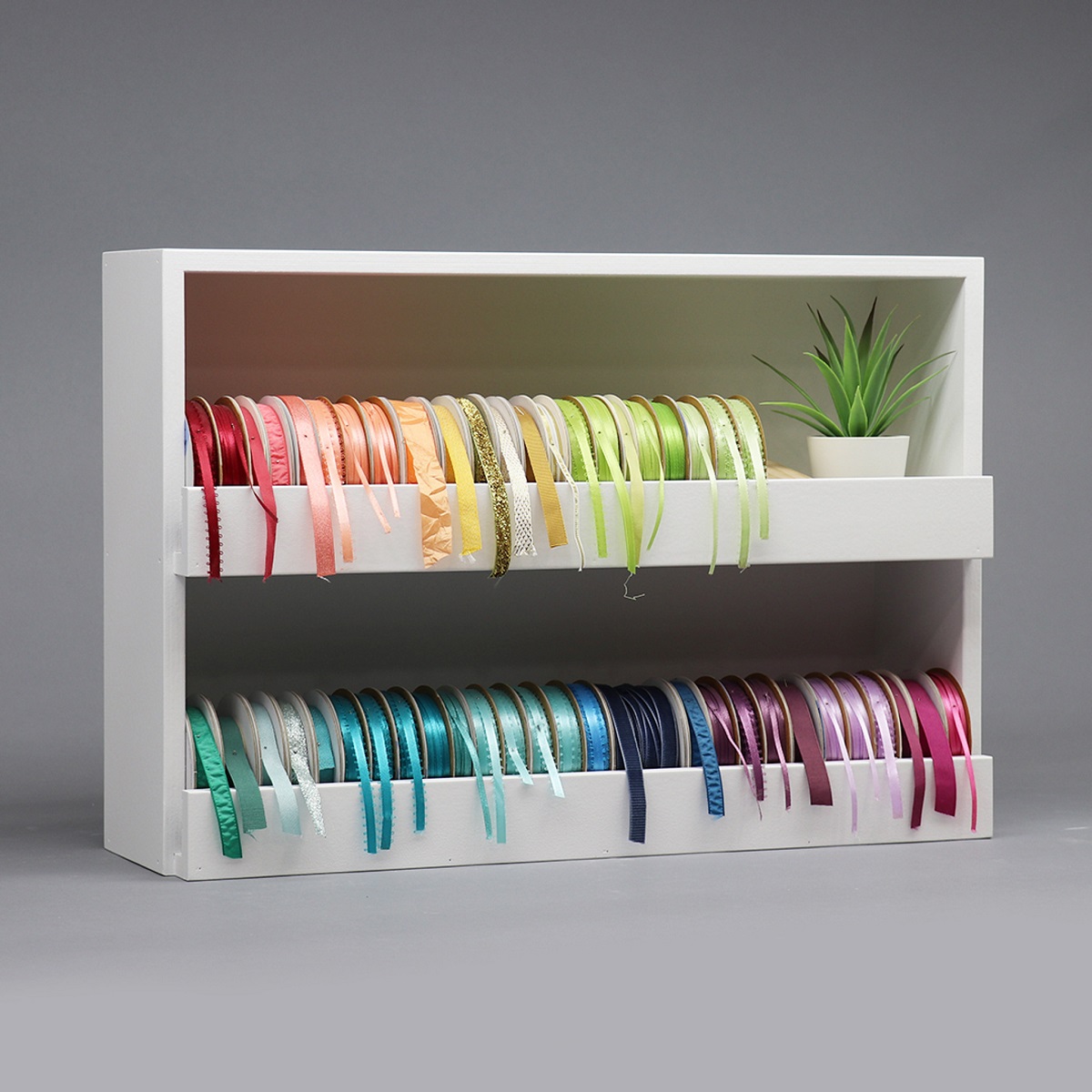


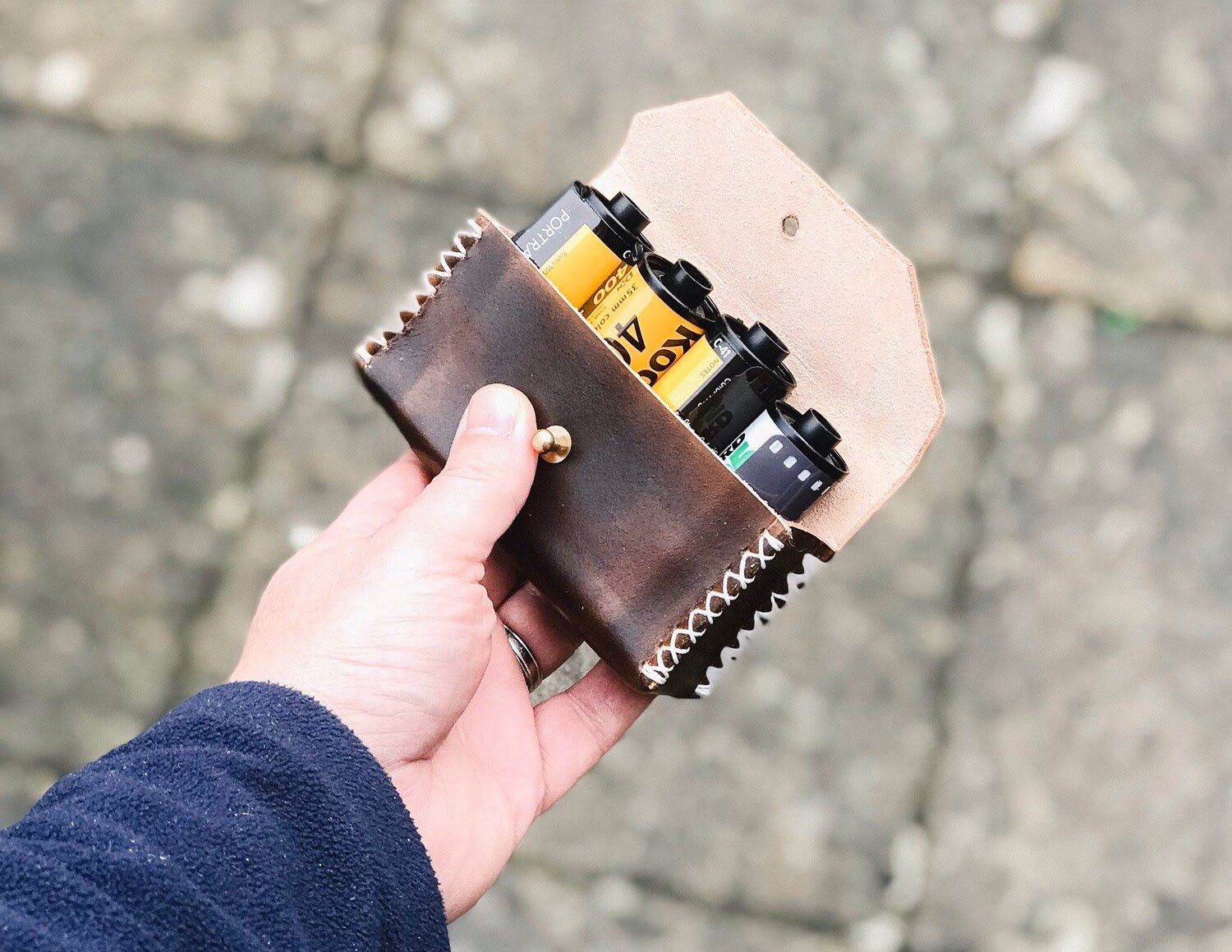
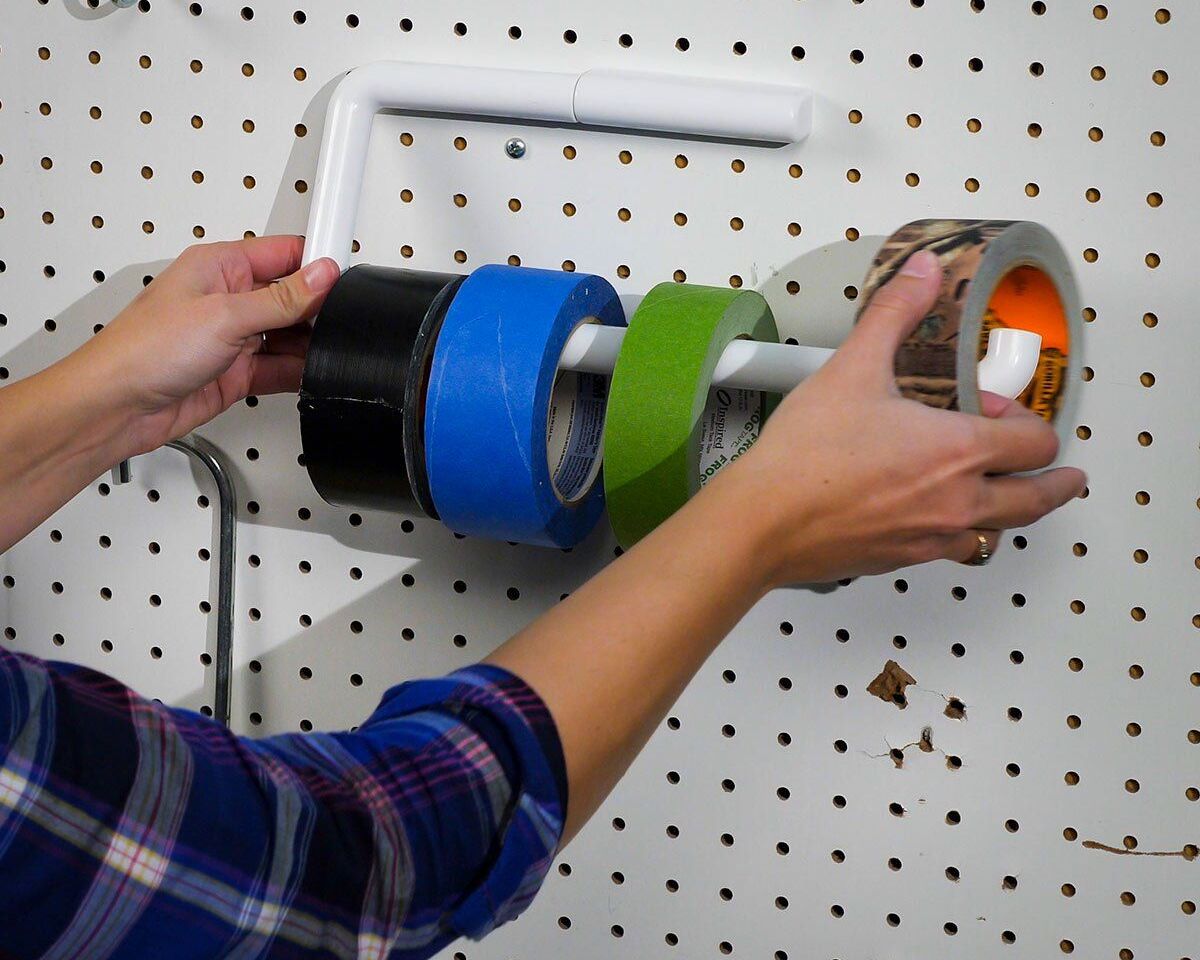
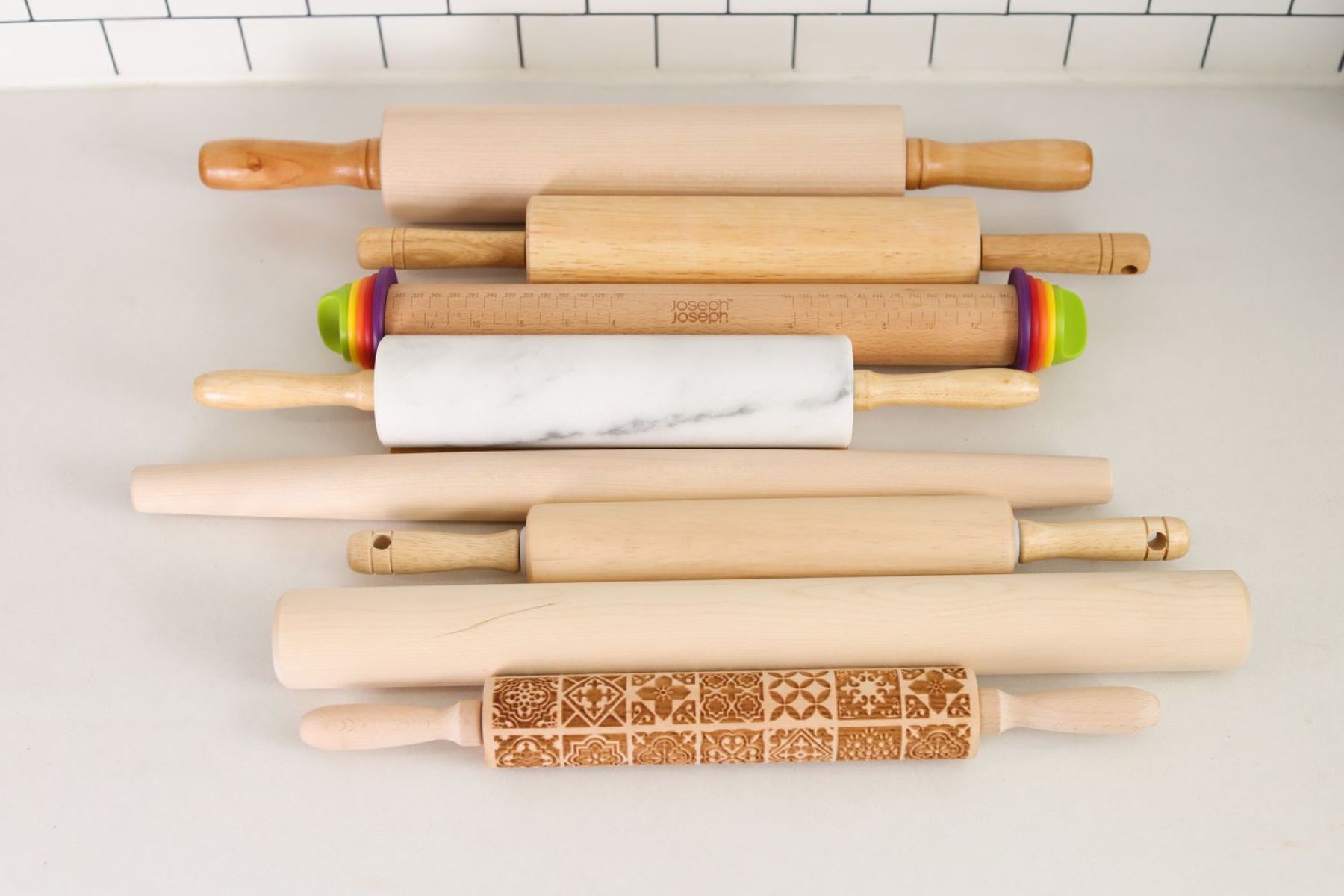



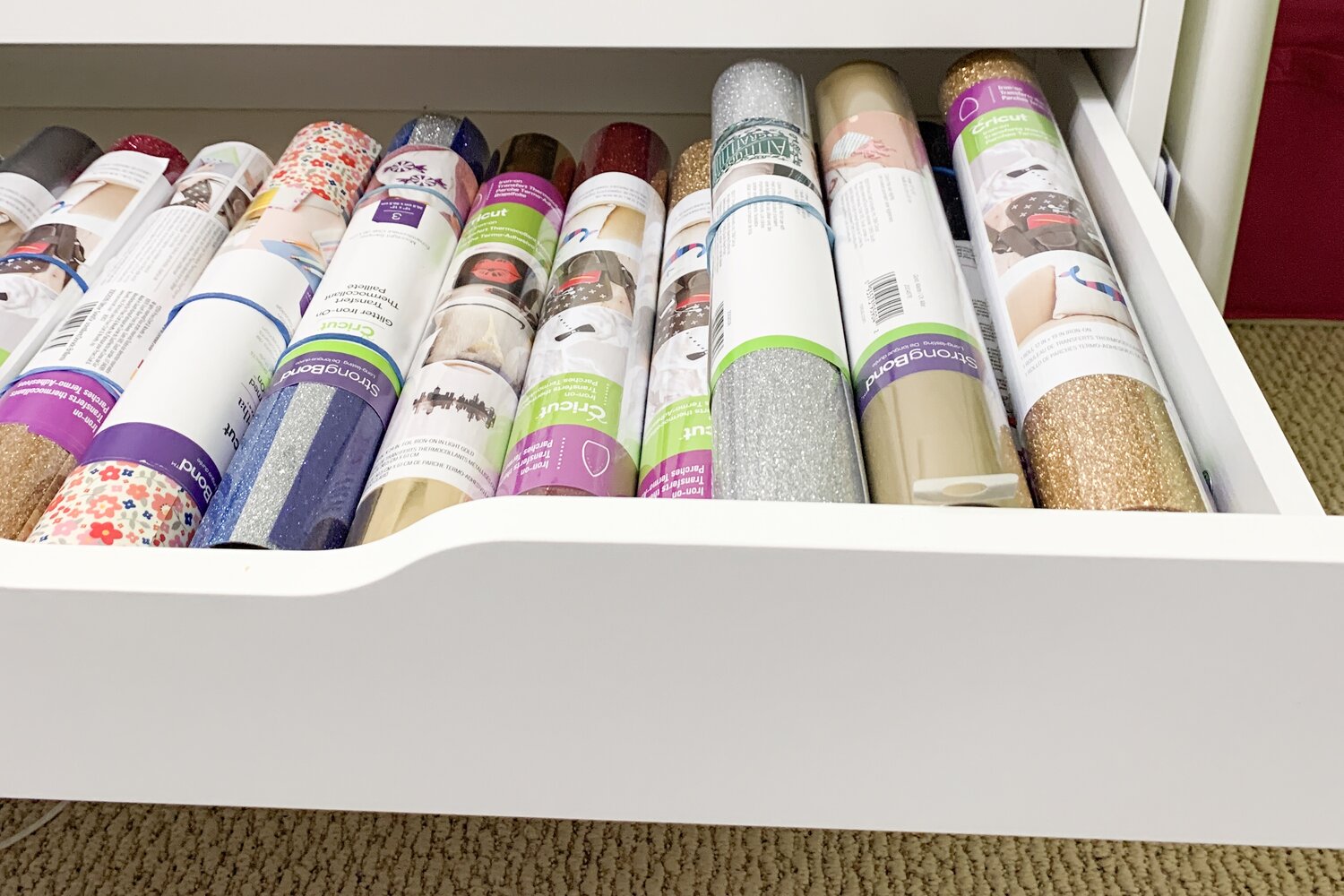
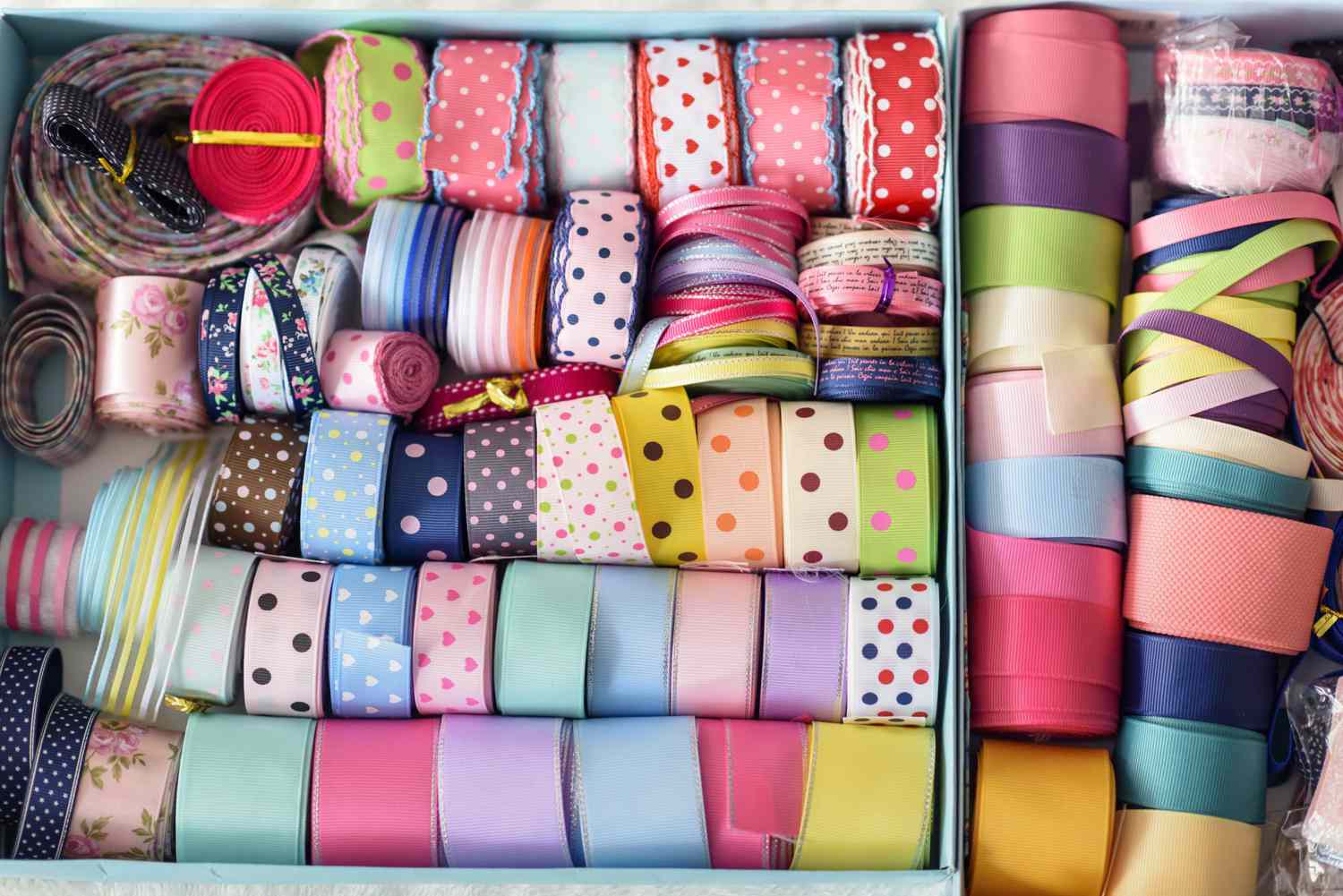
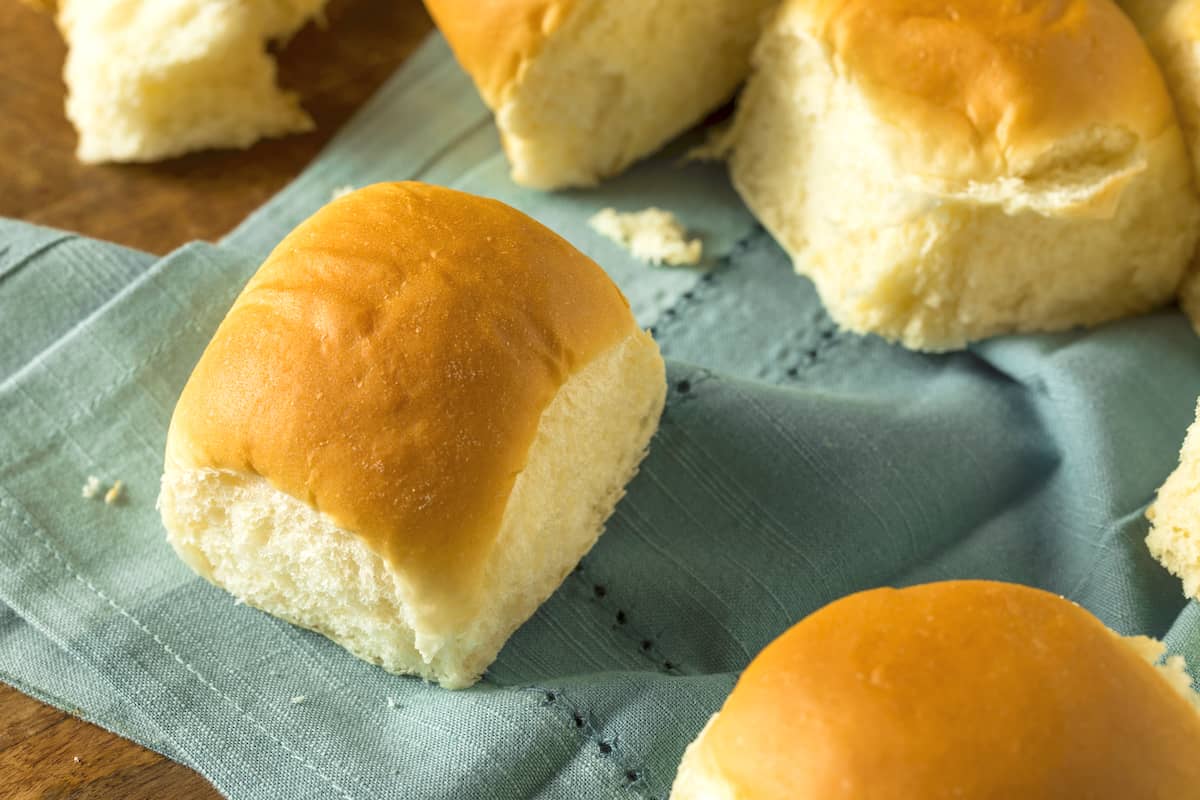
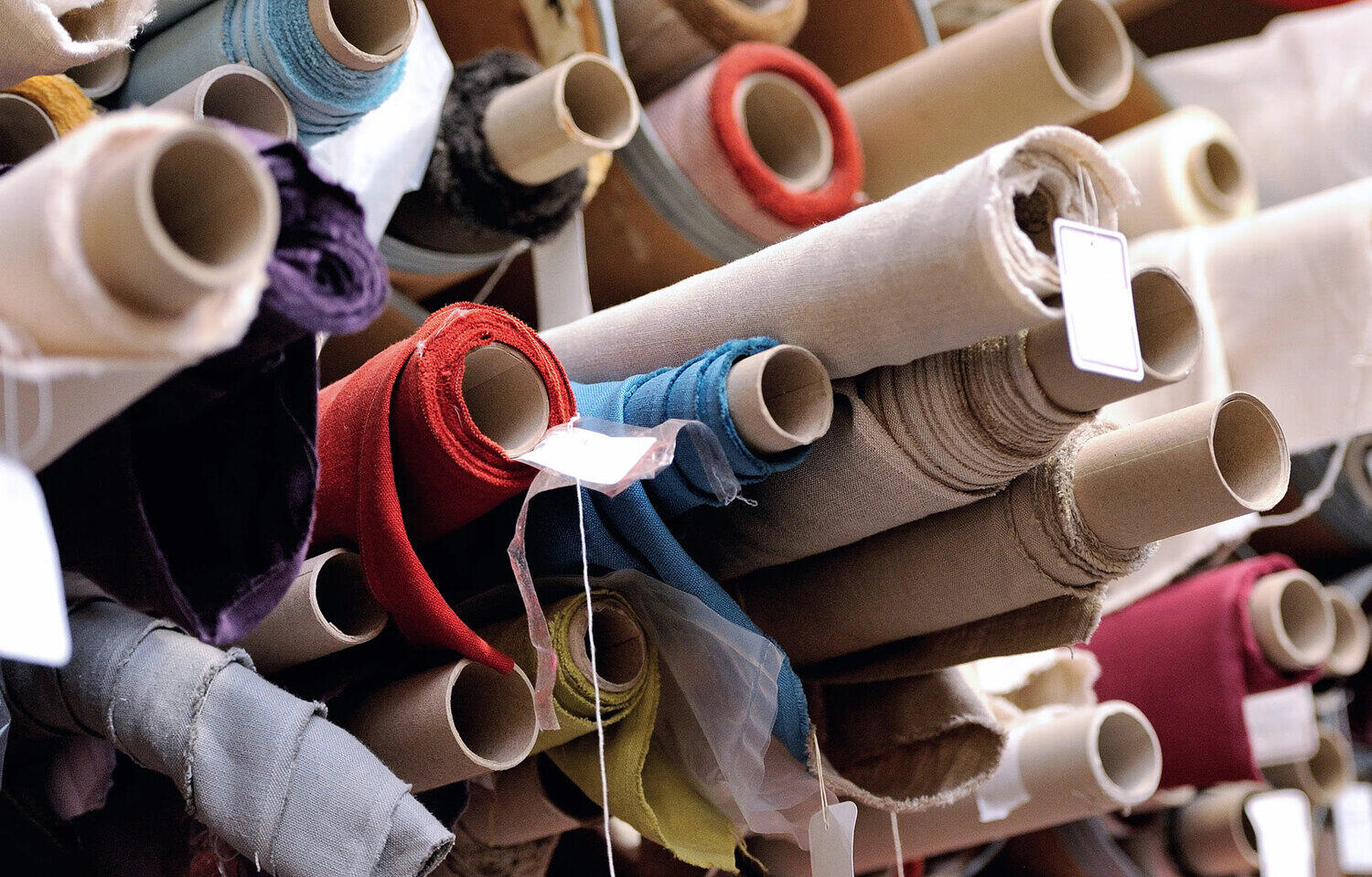

0 thoughts on “How To Store Carpet Rolls”